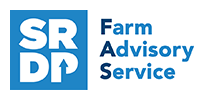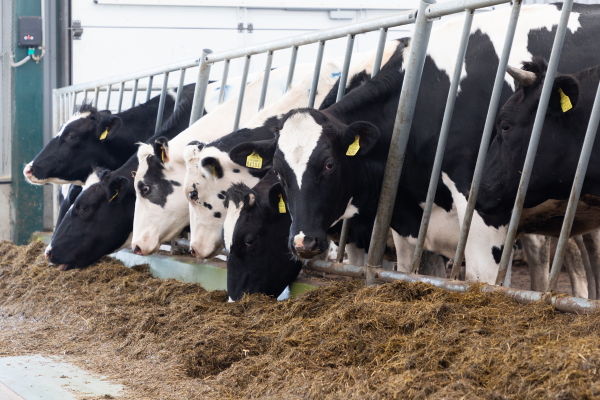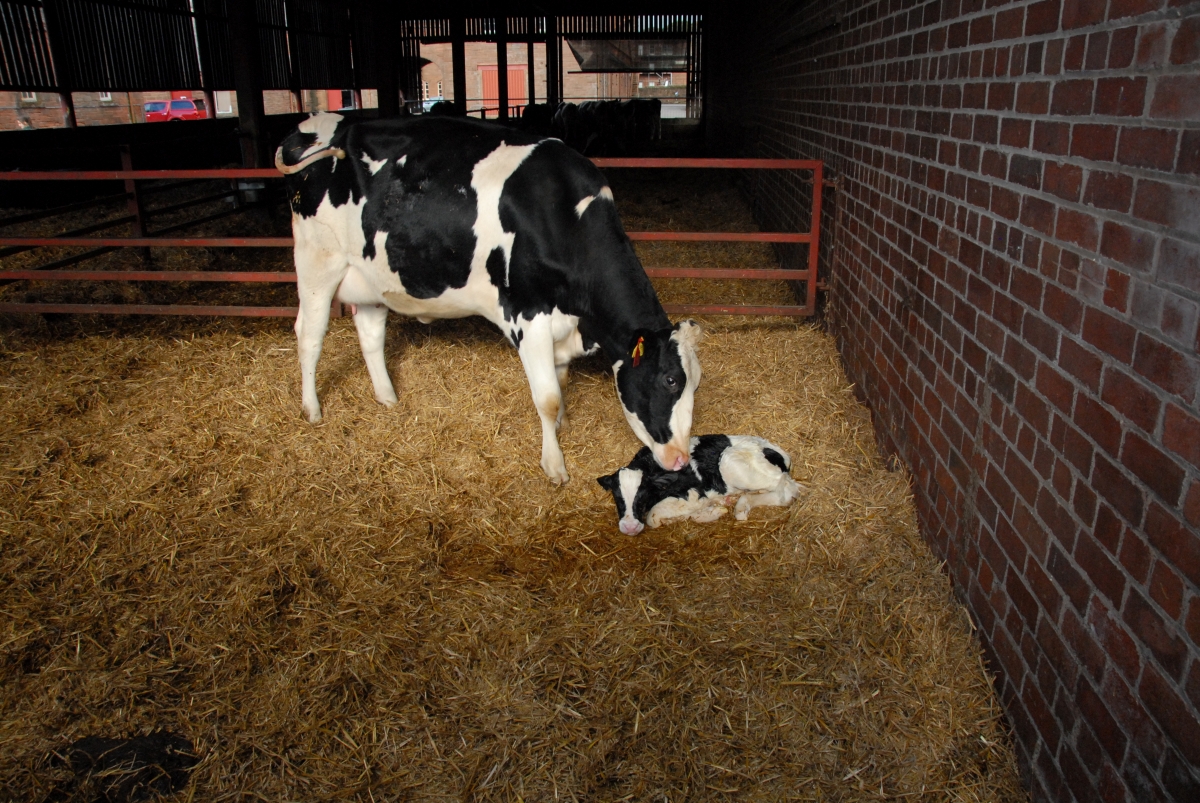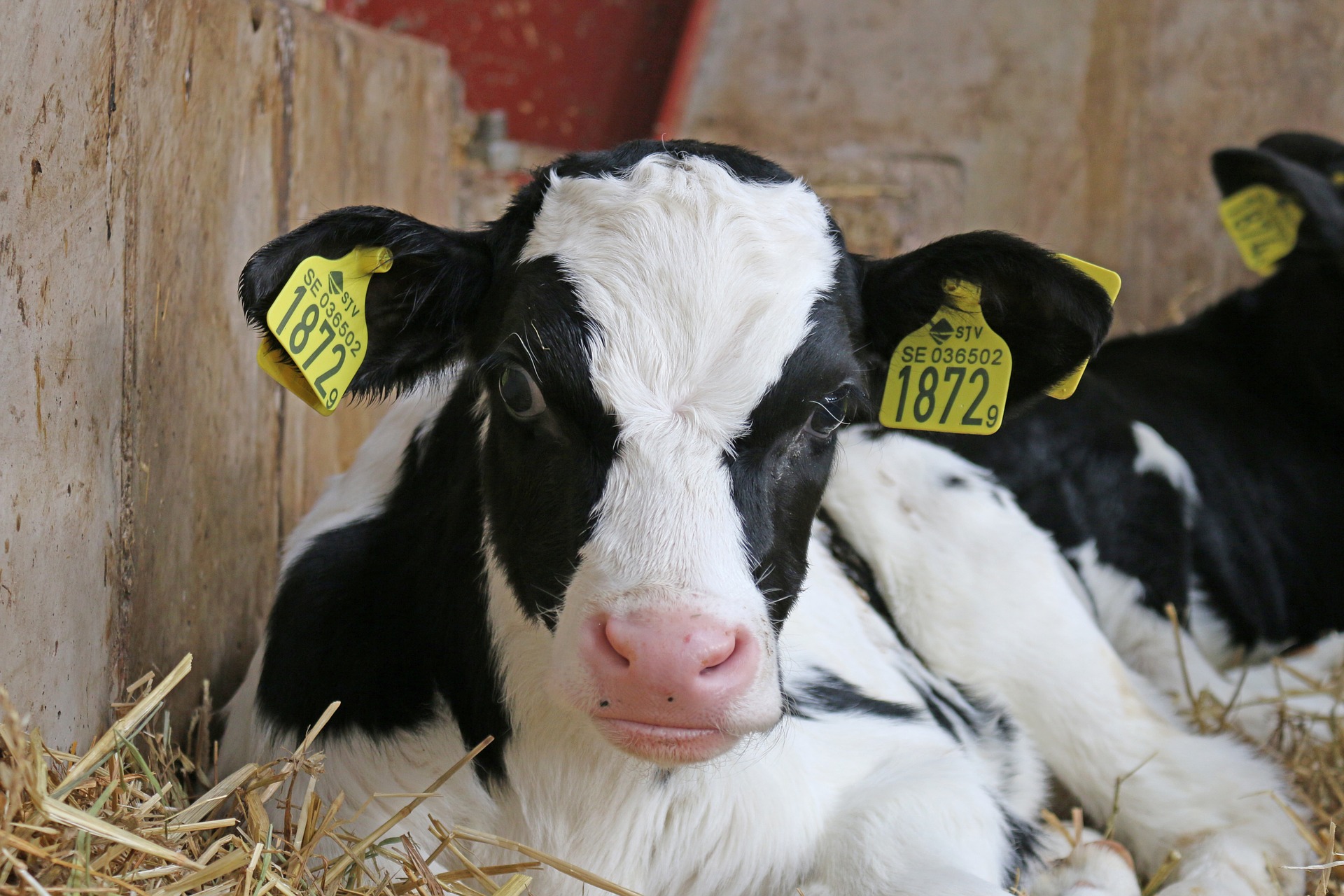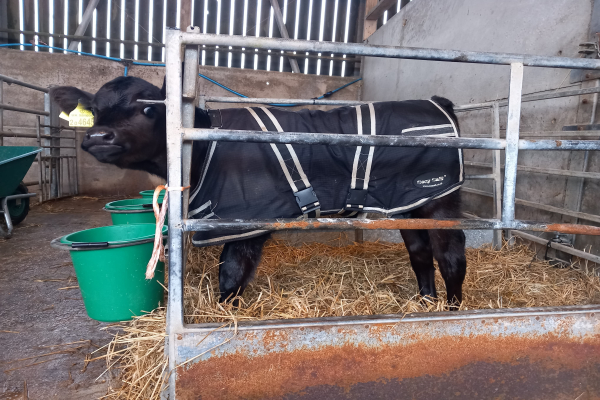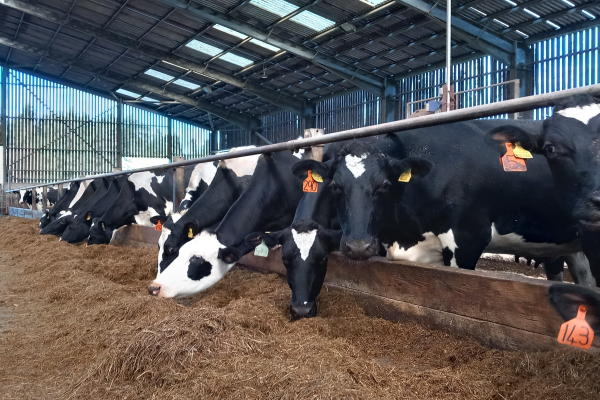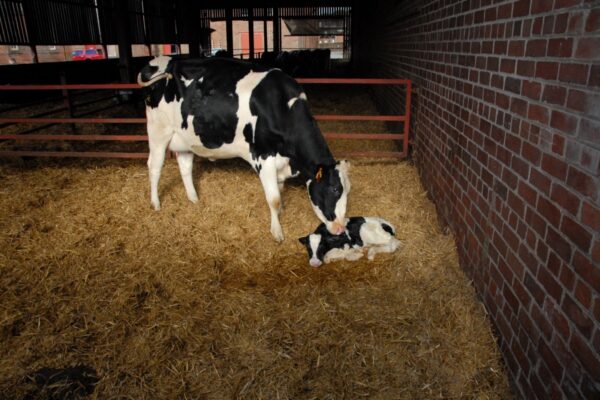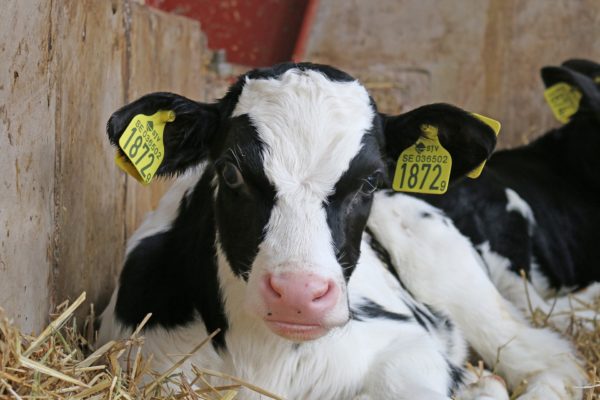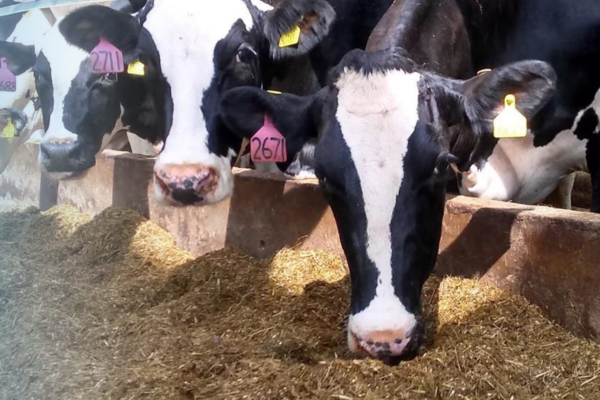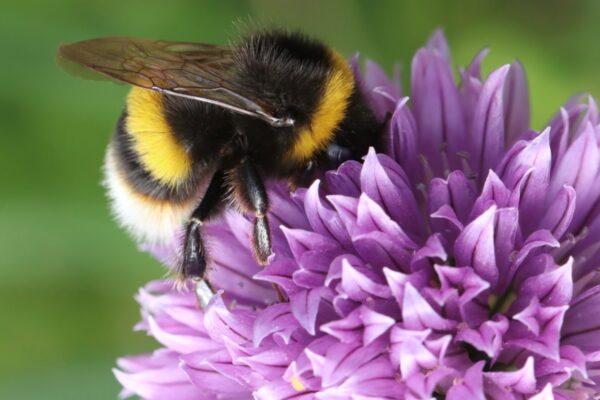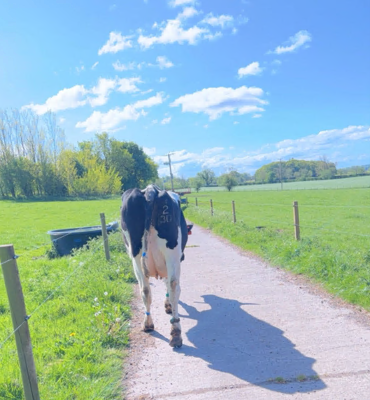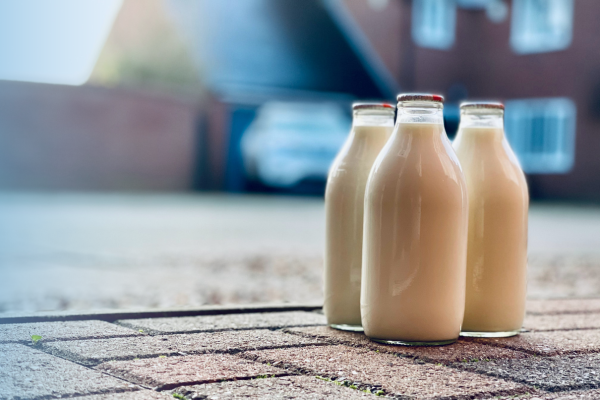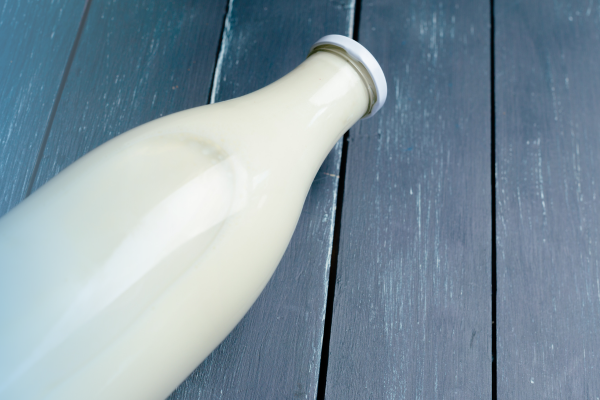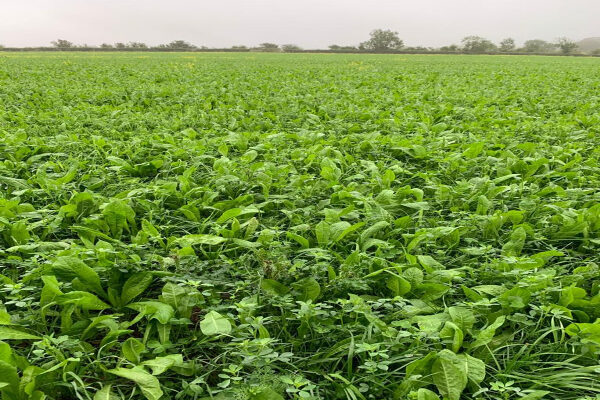Business and Policy October 2025 – Milk
3 October 2025Milk production data
Milk production is now starting to rise heading into the autumn months, on the back of some welcomed rain in September and the increasing trend towards Autumn block calving herds. Daily production is currently 33.81 mlitres for the week ending 13th September, which is 1% more than the previous week and 6.1% more than the same week in 2024 (an extra 1.95 million litres daily).
Back in June, AHDB estimated that the 2025/26 milk year would produce 12.83 billion litres, which would be a record high. AHDB estimates the GB milk volume for August at 1,039 million litres, 48 mlitres more than the previous August (up 4.8%). For the UK, August production was 1,259 mlitres, which is 3.8% less than the previous month but 5.5% more than August 2024.
Farm-gate prices
The Defra farm-gate milk price for August was 45.62ppl, up 1.6ppl from July price and 9.7% more than 12 months ago. At the time of writing, First Milk and Arla had announced price drops for October (-1ppl and -1.63ppl respectively, with Muller holding and no confirmation from the other main Scottish milk buyers. Given that milk volumes are currently still at least 5% more than this time last year, and with commodity prices continuing to ease back, we should expect to see further price drops going forward.
Milk Prices for Sep/Oct 2025 Scotland Standard Ltr ppl
First Milk2 43.85
Müller - Müller Direct - Scotland 1, 3 42.75
Grahams1 42.00
Arla Farmers2 44.37
Lactalis / Fresh Milk Co.2 42.13
1 Liquid standard litre – annual av. milk price based on supplying 1m litres at 4.0% butterfat, 3.3% protein, bactoscan = 30, SCC = 200 unless stated otherwise.
2 Manufacturing standard litre - annual av. milk price based on supplying 1m litres at 4.2% butterfat, 3.4% protein, bactoscan = 30, SCC = 200 unless stated otherwise.
3 Includes 1.00ppl Müller Direct Premium. Haulage deducted depending on band for 2023 vs 2021 litres, ranging from -0.25 to -0.85ppl.
Dairy commodities & market indicators
We are starting to see more downward pressure on dairy commodity prices now, with significant drops in butter and cream for September. Butter was down 8% from last month due to stocks starting to build and cream was back 11% as more cream went for butter production.
Mild cheddar and skim milk powder are following the same trend as the fats. and while cheesemakers are still needing to sell at a price that covers their high milk cost, they are keen to shift product, with stocks having built up in the second quarter of 2025, partly on the back of a decline in exports. As a result, both market indicators AMPE and MCVE moved down again from last month, by 3.47ppl and 4.78ppl respectively. The Milk Market Value indicator also continued its downward trajectory, dropping significantly by 4.5ppl to 39.0ppl for August. This indicator usually has a strong correlation to movements in the farmgate milk price in three months’ time.
There was a small negative movement in the latest Global Dairy Trade (GDT) auction on 16th September, with the average price across all products down just 0.8%, reaching $4,041/t. This was the 3rd consecutive drop in a row with the previous auction average price back 4.3%. At the latest auction, only cheddar showed positive movement, up 2.2% to $4,814/t. The biggest drop was in mozzarella, down 9.6% to $3,860/t, with butter and whole milk powder both down 0.8% to $6,892/t and $3,790/t respectively. Global milk supply continues to increase and with weaker consumer demand on the back of food inflation, we are likely to see more downward pressure on dairy markets which will be reflected in farm-gate milk prices over the next few months.
UK dairy commodity prices (£/tonne) Mar
2025
Butter 6,070
Skim Milk Powder (SMP) 2,010
Bulk Cream 2,624
Mild Cheddar 4,020
UK milk price equivalents (ppl) Mar
2025
AMPE 47.15
MCVE 44.91
© AHDB [2025]. All rights reserved.
UK sexed semen use increases
Use of sexed semen in UK dairy herds continues to climb. Data from AHDB’s survey of breeding companies from April 2024 to March 2025 indicate sexed semen usage of 84% across all breeds, with the highest usage being 89% in Holstein herds. This is a massive increase from just 12.3% 10 years ago. Usage of beef semen is also up on last year by 1% to 53% of all inseminations, with British Blue semen being the preferred option (42%), closely followed by Angus semen (38%).
Global milk outlook
Global milk production from the key seven exporting regions (New Zealand, Australia, the EU, USA, Uruguay, Argentina, and Brazil) is expected to grow by 2% in the second half of 2025. Overall, for 2025, growth is expected to have increased by 1.6% over the previous year, with a slowdown in 2026 expected (with just 0.6% growth predicted).
New Zealand has got off to a strong start this season, with peak production for New Zealand and Australia expected in October, although Australian production is struggling on the back of drought conditions, a shortage of feed and a smaller national herd.
Herd expansion and good margins on the back of favourable feed costs in relation to milk price are currently driving production in the US. However, in Europe, production is mixed as certain regions recover slowly after bluetongue outbreaks, and some countries are still struggling with drought conditions.
Unfortunately, global demand for dairy products is starting to take a hit from food inflation and sluggish demand from foodservice channels. As a result, going forward, we will likely see lower global milk prices and therefore lower domestic UK milk prices, suggesting that dairy farmers should expect and prepare for tighter margins.
Lorna MacPherson, lorna.macpherson@sac.co.uk
Sign up to the FAS newsletter
Receive updates on news, events and publications from Scotland’s Farm Advisory Service
